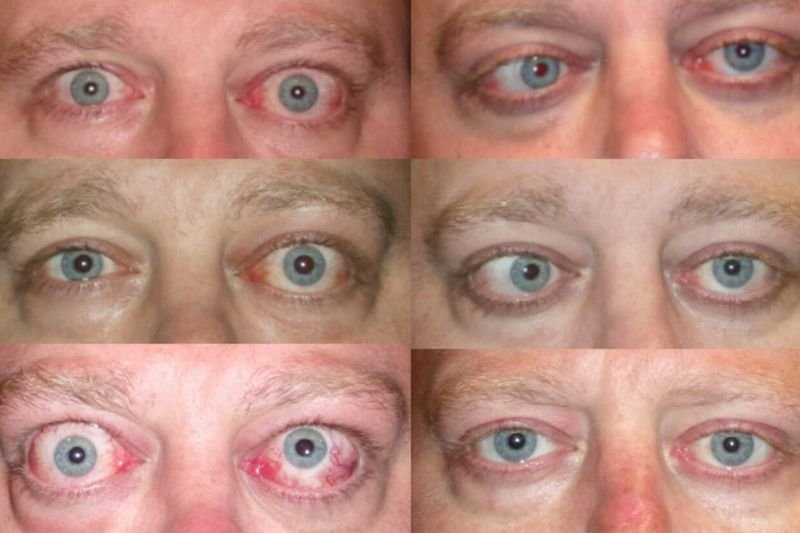NDP EyeCare | Dr. N D Patil | Dr. Gaurav Patil | Cataract | Glaucoma | Oculoplasty | LASIK
Our Latest Equipment is Best to keep your Vision perfect like Eagle!

What is Thyroid Eye Disease (TED) ?
Causes of Thyroid Eye Disease
Thyroid Eye Disease develops when the body’s immune system targets the muscles and soft tissues around the eyes. The exact cause is not fully understood, but several factors contribute:
Autoimmune reaction: Antibodies produced against the thyroid also attack the eye tissues.
Thyroid disorders: Commonly associated with Graves’ disease, but can also occur in Hashimoto’s thyroiditis or hypothyroidism.
Smoking: Significantly increases the risk and severity of TED.
Genetics: Family history of autoimmune conditions may raise susceptibility.
Hormonal changes & stress: May trigger or worsen symptoms in predisposed individuals.
Symptoms of Thyroid Eye Disease
The symptoms can vary in intensity and may affect one or both eyes. Common signs include:
Redness, swelling, or irritation of the eyes
Dryness or excessive tearing
Bulging eyes (proptosis or exophthalmos)
Sensitivity to light (photophobia)
Pain or pressure in and around the eyes
Double vision (diplopia)
Eyelid retraction (upper eyelid pulled back)
Difficulty closing the eyes completely
In severe cases: vision loss due to optic nerve compression
Stages of Thyroid Eye Disease
TED usually progresses in two distinct phases:
Active Phase (Inflammatory Stage)
Lasts 6–24 months
Characterized by inflammation, redness, swelling, and progression of eye symptoms
Inactive Phase (Chronic Stage)
Inflammation subsides, but structural changes (like bulging eyes or double vision) may remain
Requires rehabilitative treatment if symptoms affect appearance or vision
Diagnosis
Early and accurate diagnosis of Thyroid Eye Disease is crucial. Specialists may recommend:
Medical history & physical examination
Thyroid function tests (T3, T4, TSH)
Antibody tests (TSH receptor antibodies)
Imaging tests such as CT scan or MRI to assess eye muscles and orbital tissues
Visual acuity and field tests to check for optic nerve involvement
Treatment Options for Thyroid Eye Disease
Treatment depends on the severity and stage of the disease. Options include:
1. Lifestyle Modifications
Quit smoking to reduce disease severity and progression
Wear sunglasses to protect from sunlight and wind
Use lubricating eye drops to relieve dryness
Sleep with the head elevated to reduce swelling
2. Medical Treatment
Corticosteroids (oral or IV) to reduce inflammation
Immunosuppressive therapy (like rituximab, mycophenolate) in severe cases
Teprotumumab (a targeted therapy for moderate-to-severe TED)
Prisms or eye patches to manage double vision
3. Surgical Treatment (for advanced cases)
Orbital decompression surgery: Relieves pressure by removing bone/fat from the orbit
Strabismus surgery: Corrects double vision by realigning eye muscles
Eyelid surgery: Improves eyelid position and appearance
Complications of Untreated TED
If left unmanaged, Thyroid Eye Disease can lead to:
Chronic eye pain and discomfort
Severe double vision
Permanent changes in eye appearance
Corneal damage due to exposure
Vision loss from optic nerve compression

